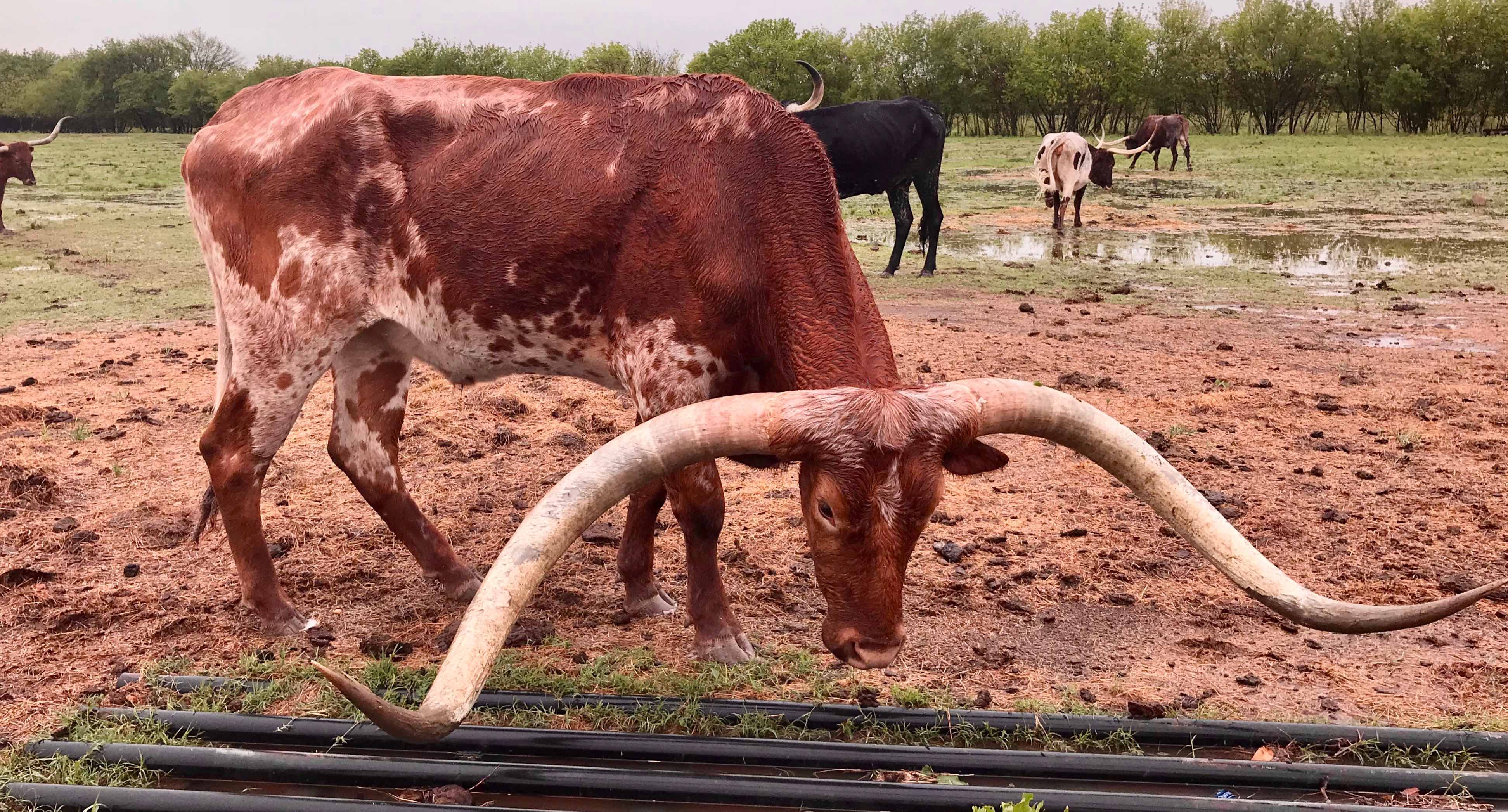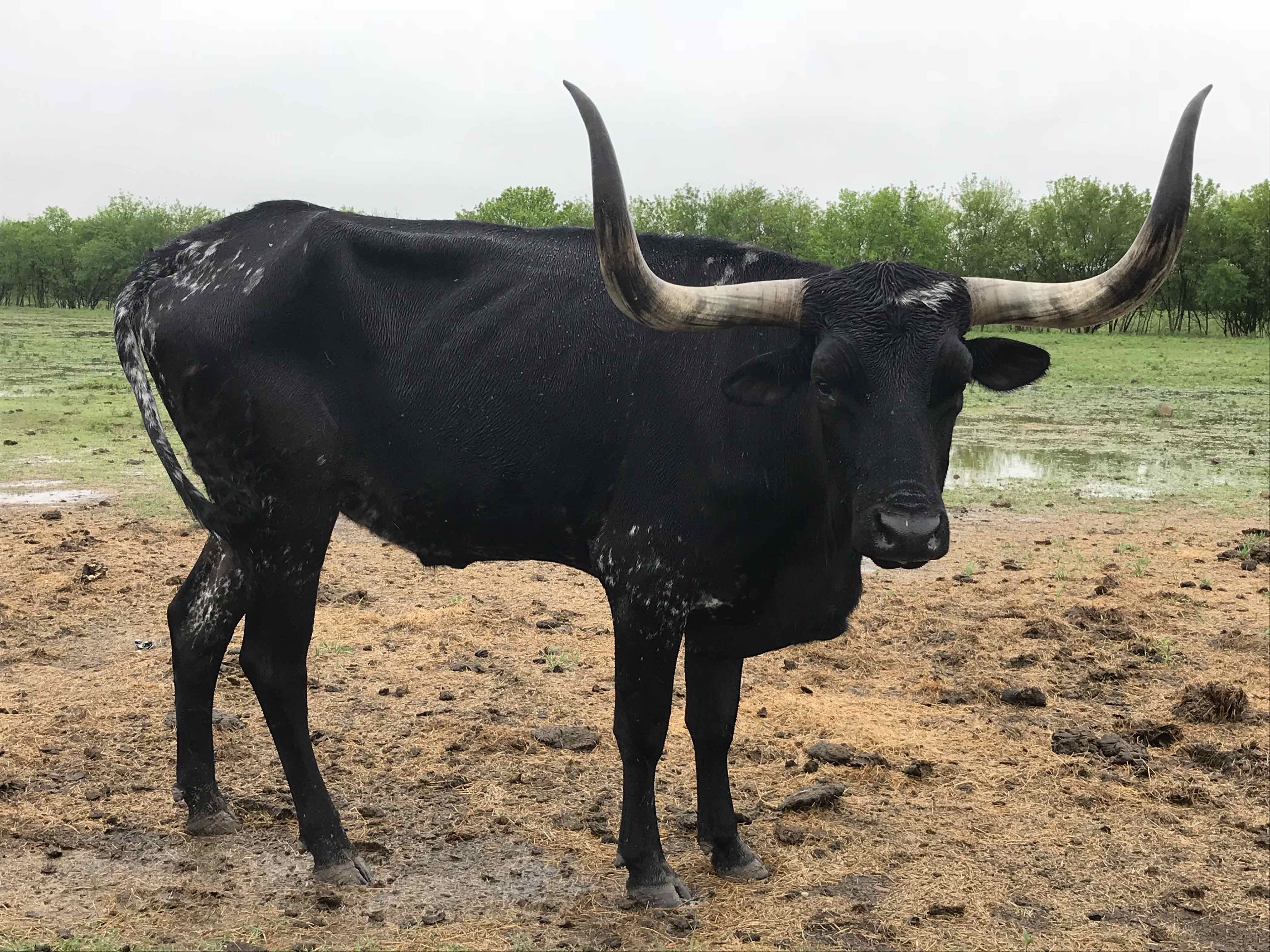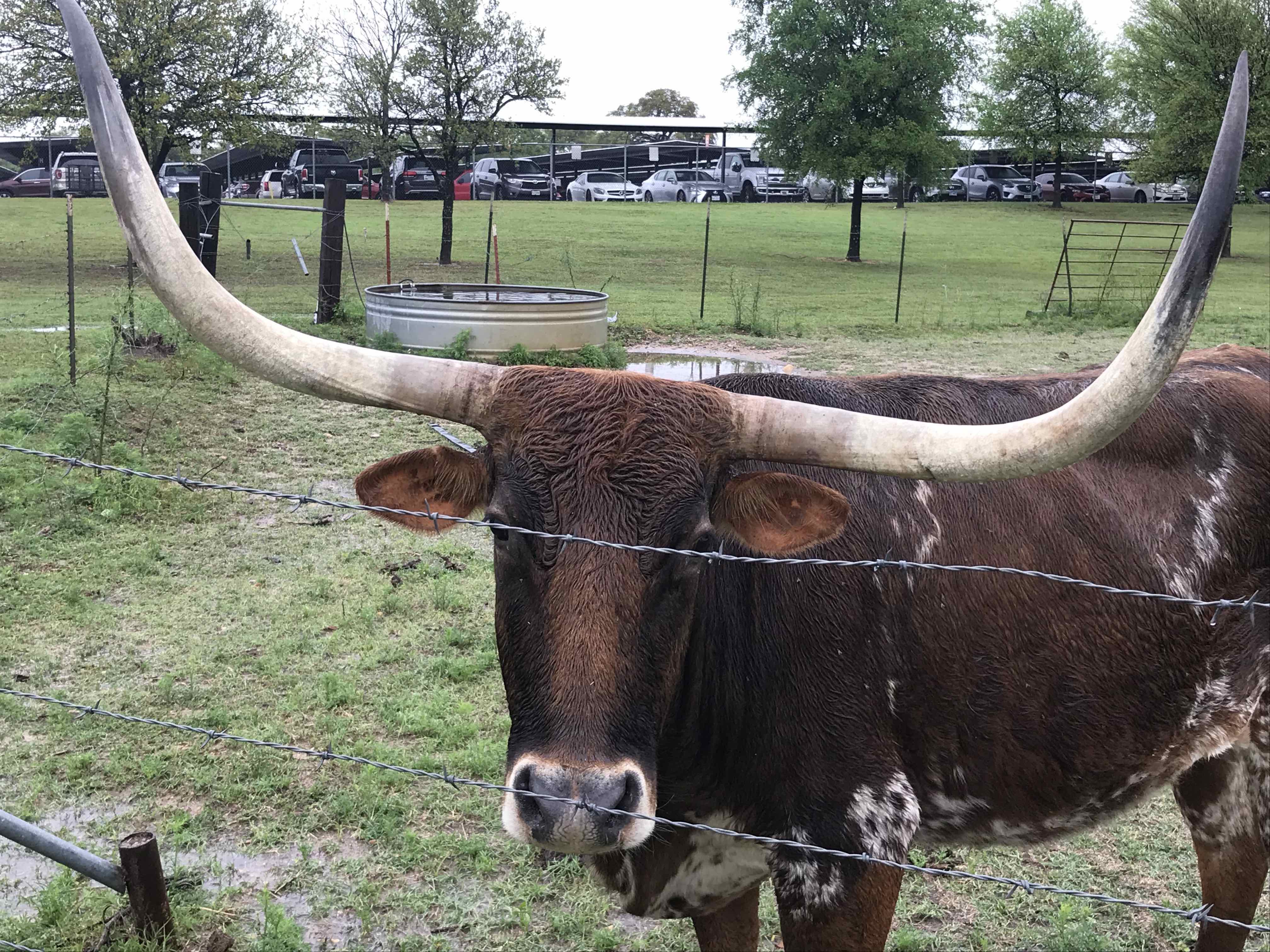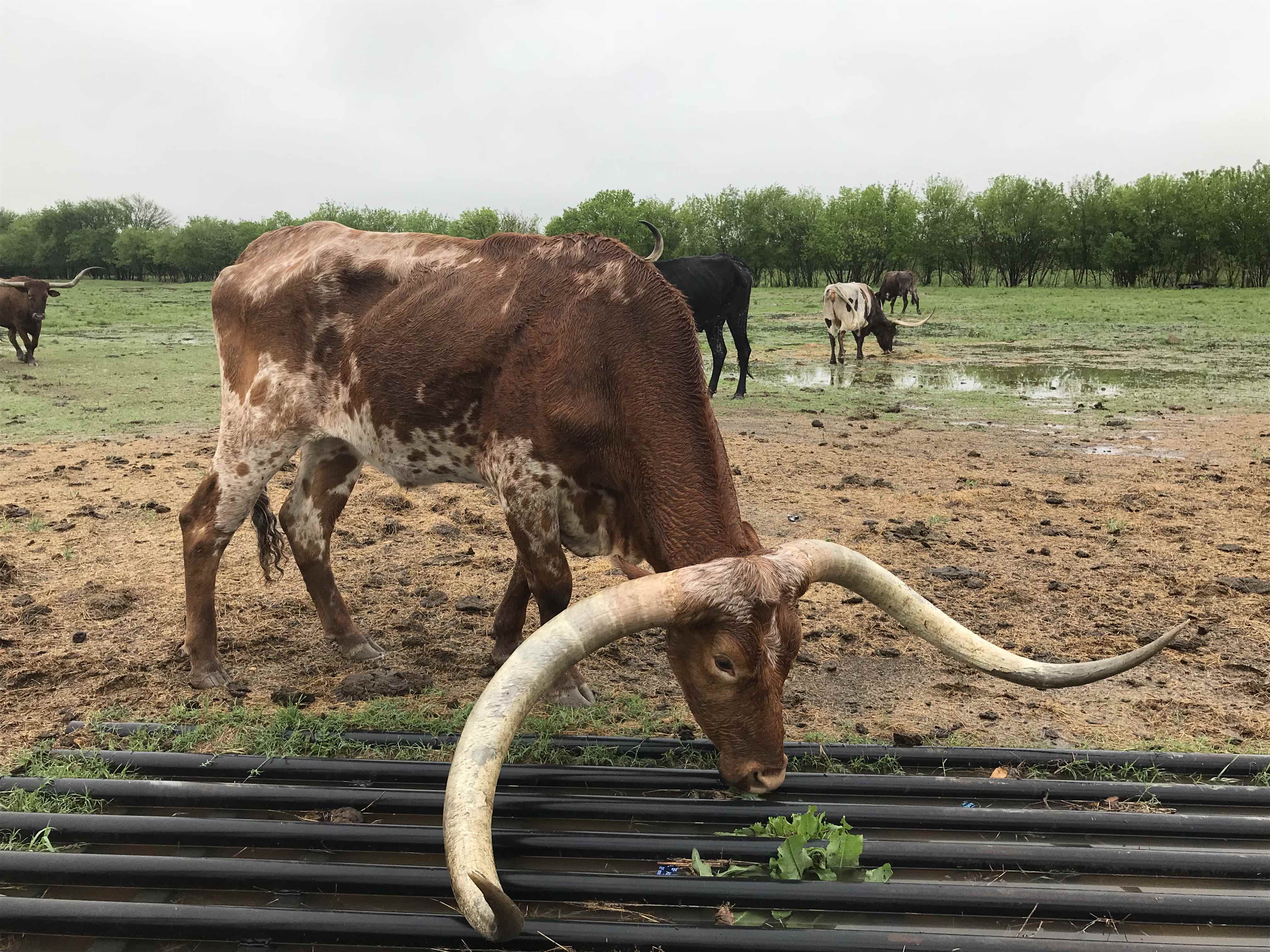I recently took a trip to Austin, Texas and was met by the most quintessential Texas-y thing upon leaving the Austin Airport. No, a cowboy didn’t ride up to me on a horse and hand me a plate of barbecue, but it was pretty much the next best thing.

A coworker and friend of mine who I was traveling with, Nate, rented a car at the airport, and as we pulled out of the parking deck to head toward the highway, Nate realized quickly that we had no idea where we were going. He needed to find the address of our hotel and plug it into his phone, so we pulled off the access road we were on, and saw on the GPS there was a side road up ahead that came to a dead end. It was perfect for getting out of the flow of traffic and figuring out where we needed to go, so we turned right and headed to the calmer spot.
But as we pulled toward this dead end, Nate and I immediately realized what we were driving up to was nothing as boring as a cul-de-sac. At the end of this road, not even a quarter mile away from the airport, was a Texas Longhorn cattle ranch.
I instantly got excited and hopped out of the car to take a few pictures while Nate worked on our directions to the hotel. As I carefully tiptoed up to the fence enclosure, multiple longhorn steers trotted toward me, no doubt believing I had some kind of food for them to eat. Alas, I didn’t, but I was thankful to get such a closeup view of these amazing animals.
Their horns were fascinating, some jetting straight out away from the cow’s head and then spiking upward toward the sky, some twirling outward like partially unraveled corkscrews probably measuring nearly seven feet from point to point.
Now, I’ve seen cows my whole life. In fact, one summer in college I even worked on a cattle ranch, running the animals through chutes so they could get medicine and have their eyes checked. But in all my years, I had never seen cows like these. I was in awe of how huge their horns were.
One longhorn in particular, had a brownish-orange coloring (see pic above), mixed with white splotches. It looked almost like someone had thrown a bucket of paint onto the cows back legs and rump, and left it to dry in the hot Texas sun. But his coloring wasn’t what made me focus on this guy—it was the size and shape of his horns.
This steer was unique amongst his peers, as he was probably much older than the rest of the herd. His head hung low to the ground and bobbed left to right as he walked slowly in front of me, undoubtedly burdened by the weight of the massive horns that twisted outward from his head. From tip to tip, I guessed that the width of those horns most likely outmeasured the length of our rental car, and they clanked hard against the cattle guard in the ground as he moved. He sniffed at the grid of metal that acted as a vehicle pass and simultaneous obstacle to prevent livestock from walking over the grates to escape, and I snapped multiple pictures of him on my phone as he sauntered by.
A solitary thought repeated in my brain over and over as I watched this beautiful creature, and it was as if God the Holy Spirit was trying to remind me of something in the moment. My thought was this: this cow’s burden is the very thing that makes him special. His heavy and awkwardly shaped horns are his hardship, but they are also what makes me marvel at how beautiful he is.
I thought about that for two weeks after seeing those Texas Longhorns, and I asked a friend of mine who is a Texas native about the animals and why they can’t have their horns removed to ease their burden. My friend said that if you cut off the horns of these cows, water from the rain will seep into the stumps and begin to rot the remainder of the horns, causing an infection and eventually death, or water will seep into their sinuses and they’ll drown. The horns have to stay so the cow can survive, and they are a lifelong load that the animal has to carry.
The reminder that I alluded to earlier was personal. See, I’ve wrestled with chronic pain for almost ten years, due to a bulging disc in my spine that pushes on my sciatic nerve and makes my leg throb and ache on an almost consistent daily basis. I’ve tried nearly everything to eliminate the problem, even seeing the top neurosurgeon at Penn Medicine who said if I had surgery, I might come away with even more pain.
I have learned much because of my chronic struggle, and it has certainly become the heavy burden I carry with me wherever I go. It is the reason my “head can hang low” so to speak, and make my outlook on life feel cumbersome and sullen.
Yet simultaneously, my constant pain has been the vehicle by which God has shaped me and molded me into the man I am today. In the last decade or so, it has been the primary way by which I have been able to identify with Christ and His sufferings, learning to a tiny degree that my Savior was in misery when He was beaten and crucified as God the Father turned His face away from His Son. His life was constant hardship, and He went through all of that for me.
My experience with pain has been visceral in a way that nothing else in my life has ever been. It has been my burden, and it has also been what makes me special.
I would not have learned the things I’ve learned in the last many years if not for the misery of chronic pain. I would not have clung as tightly to my Savior and God’s biblical promises if I were not tormented by my physical ailment. I would not be as close to the Lord as I am today if not for the days and nights of anguish that have molded me like clay into the shape God wanted me to be.
I, at the same moment, hate and love my pain. It is the burden that makes me special. It is the hardship that makes me marvel at how beautiful He is.
I never would have thought that a run-in with a Texas Longhorn cow right outside the Austin airport would develop a metaphor of such significance in my life, but here we are. When filtering my experiences through the conduit of Scripture, it’s fun to see God wink at me in the seemingly mundane.
I love that about Him, and I’m thankful He cares enough about me to torment me with these heavy and beautiful horns.




Hi there!
You do not have to post this comment. 🙂
I was wondering if I had your permission to repost your article here.
It greatly resinated with me and I have an online Christian blog called Sincerely, Kindred that I think it would be perfect for.
Let me know!
Absolutely. Feel free. Thanks so much for asking, and for the encouragement!
I came across your article while I was researching Longhorns for a message I felt God had put on my heart about the heaviness we carry around and making it hard to hold our head high. Your words were the topper on my message! “this cow’s burden is the very thing that makes him special. His heavy and awkwardly shaped horns are his hardship, but they are also what makes me marvel at how beautiful he is”. Keep holding your head up and praying for your healing!
I found your article while researching Longhorns in preparation for writing a children’s book. My heart soared when there was a testimony built in to the story. God has affirmingly winked at me through your willingness to share here. Thank you.